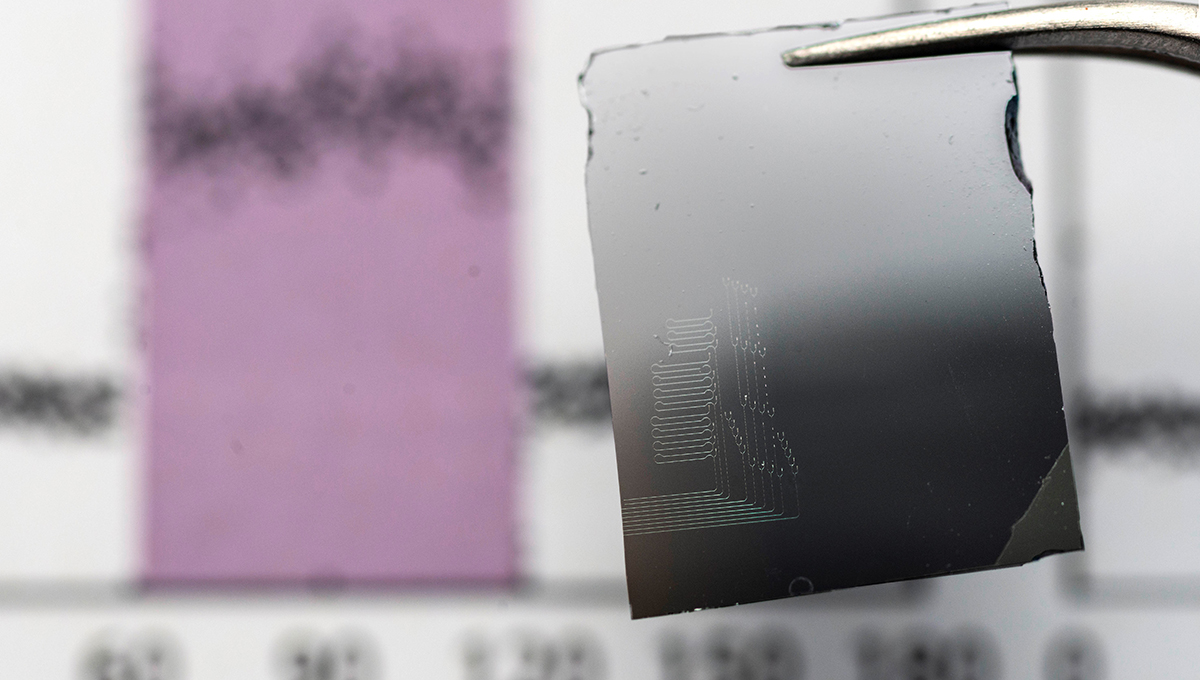Air quality sensor for wearables is successfully tested

Carbon dioxide isn’t just a threat to the planet, it can also reduce your mental capacity. So researchers have taken a first step toward creating inexpensive wearable sensors that will help people avoid places with bad air.
Researchers from KTH Royal Institute of Technology reported the successful testing of an optical gas sensor in which a key component, the cavity, has been shrunk down to unprecedented scale. Their work was
published this week in the journal Optics Letters
.
When CO2 levels become too high in the air we breathe, it decreases the ability of the lungs to provide oxygen to the brain. Furthermore, an elevated CO2 level outdoors is a clear signal of local air pollution from burning of fossil fuels.
People could avoid high concentrations of CO2 with real-time air quality measurements. That would be possible with optical cavity-based gas technology if it were scaled down in bulk – and cost – for practical everyday use, says the study’s co-author,
Floria Ottonello-Briano
. These kinds of sensors use light to measure the concentration of the different molecules in gases, traditionally relying on two reflective surfaces separated by a gap – the cavity – in which light beams must pass in order to be captured.
Ottonello-Briano says the development of the new miniaturized optical cavity based on integrated optical waveguides is a necessary step in creating miniaturized sensors for mobile phones or wearables. The integrated photonic device which the team developed uses mid-infrared light to sense CO2 and fits in a few square millimeters on the surface of a silicon chip.
“To measure is to know,” Ottonello-Briano says. “By providing the public the opportunity to measure variations of air quality in their surroundings, awareness will increase,” she says.
The latest results will be followed up in a new EU-funded project, ULISSES, in collaboration with the Swedish gas sensor company, Senseair AB. Ultimately, the team is working toward networks of sensors for air quality monitoring, which are installed in vehicles, medical equipment and portable devices, says the study’s co-author
Kristinn B. Gylfason
, an associate professor at KTH.
“In real time you will be able to measure the carbon dioxide content in the air, and with an app report it to a social media platform like Fitbit Coach or Runkeeper,” Gylfason says. “If a jogger sees unsafe CO2 levels for a specific area, they can avoid it and redirect their route where the air is better.”
David Callahan
Floria Ottonello-Briano, Carlos Errando-Herranz, Henrik Rödjegård, Hans Martin, Hans Sohlström, and Kristinn B. Gylfason,
"Carbon dioxide absorption spectroscopy with a mid-infrared silicon photonic waveguide," Opt. Lett. 45, 109-112 (2020)